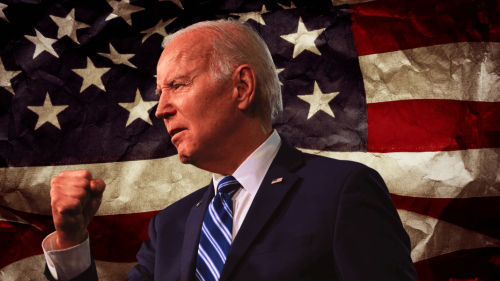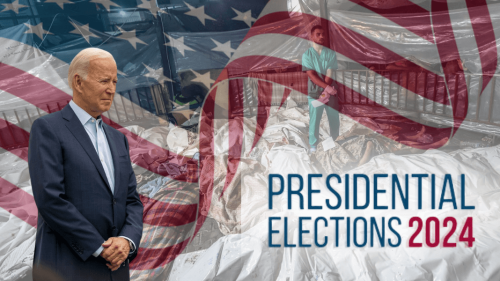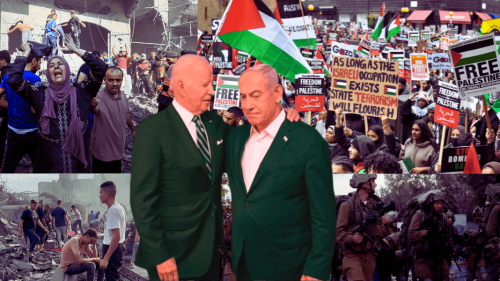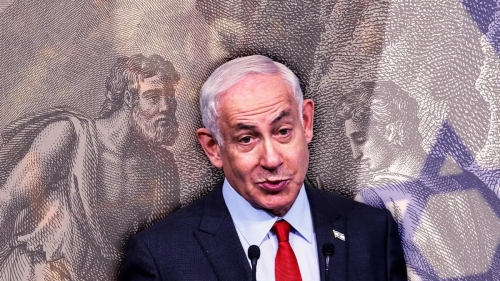The Changing Immigrant Muslim
Like it or not, Muslims are integrating into the complex mosaic of American society. The question is no longer "if;" but "how." It is an issue of how Muslims should choose to integrate and how the dialog between Islam and American culture should shape their future.
Like many minority communities, Muslims in America have faced two major opposing challenges -- the pull of assimilation into mainstream society and the drive to preserve Islamic identity. With reference to the latter, so many early Muslim immigrants to the United States lost their Islamic identity to the great American melting pot. As a result, their progeny often became Muslim in name only.
The forces of assimilation that overwhelmed those early Muslim immigrants are even stronger now as a result of developments in technology. Modern life is saturated with enchanting images in the media and material goods that attract, entertain, and lure Muslims (and most Americans, for that matter) from more focused, socially and religiously conscious lives.
But with growth in technology and the passing of time, the opportunities for promoting and strengthening Islamic identity have become stronger as well. Community centers and schools have mushroomed across the United States. Muslim organizations have found new and unique ways to beckon the Muslims back to a more religious way of life. And opportunities for communicating Islamic consciousness and networking between Muslims and others have never been so great.
As a result, the number of Muslims is growing in America. "Islam is the fastest-growing religion" has become a popular contemporary phrase in the United States. A May 31 Houston Chronicle report, for example, said, "American converts, Arab and Asian immigrants, and established [Muslim] communities have made Islam the fastest-growing religion in the United States. The Census Bureau does not ask Americans what religion they practice, but estimates of the number of [Muslims] living and working in the United States range from 7 million to 10 million, with 80,000 in Houston." And if statistics such as these are accurate, then Muslims will soon become the second largest religious community in America after Christians.
However, these growth statistics do not highlight the cultural changes that Muslims, especially of immigrant origin face. As Yvonne Haddad, professor of History at the Center for Muslim-Christian Understanding at Georgetown University, has noted, immigrant Muslims in America are experiencing what every religious-immigrant group has gone through -- they're becoming Americanized.
As a result, the children of immigrant Muslims are experiencing and expressing Islam anew, distancing their way of life from the culture of their parents. And their expressions of faith are a product of the dialog between American culture and Islam. They are imbibing American culture and downplaying the importance their parents place upon being rooted in the soil of the countries from which they came.
Some immigrant Muslims view this cultural transformation with alarm. Others do not care or are not aware. Always busy building their "American dreams," those less in tune with the changes in their children's lives eventually find their children totally Americanized and oblivious to Islam. But this is not to say that other children are not holding onto their Islamic identity. In fact, much of the emerging progeny represents a new breed of American Muslim, coming of age as the products and proponents of the cultural dialog between Islam and American culture.
The future of Muslims in America will depend on how systematically and constructively Muslims engage in this dialog and, more importantly, how Muslims become active participants in their destiny as a cohesive minority. In order to help the new breed of American Muslims retain their religious identity and play a significant role in domestic and international affairs then, Muslim leaders of today must accept a shift in their perspectives and mindsets. They must recognize the new experiences of younger American Muslims and instill into them Islamic consciousness from within the American context, not from the cultural perspectives brought along from their original homelands. They must encourage young Muslims to study Islam and America, participate in the American experience and eventually take the helm in order to establish the American Muslim community as a positive force in American society.
Mohammad A. Auwal is an assistant professor in the Department of Communication Studies at California State University, Los Angeles and is a regular columnist for iviews.com

















